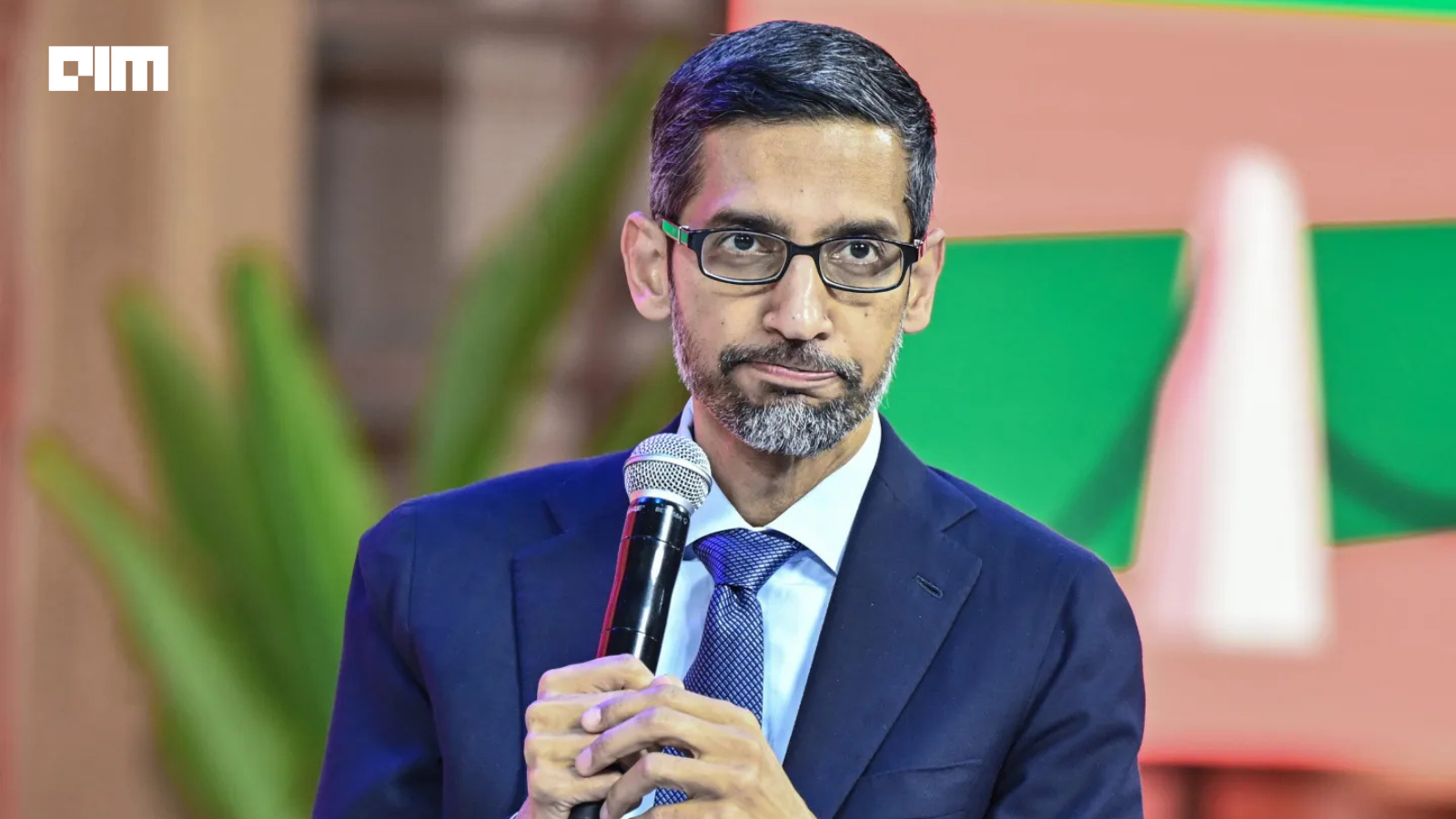Google just announced the release of Nano Banana Pro. And it’s reported to have made a significant leap from the model that went viral in September. The original Nano Banana captured attention by turning selfies into hyperrealistic 3D figurines, attracting 13 million new Gemini users in four days.
But the new Pro version isn’t built for tricks. It’s built for professionals, creative teams, and businesses that need studio-quality visuals with pixel-perfect text rendering and sophisticated creative controls. The model, built on Google’s newly launched Gemini 3 Pro, is available starting today for free in the Gemini app, though with usage limits that vary by subscription tier.
Alphabet CEO Sundar Pichai referred to it as “how engineers see the world around us”.
The main improvement is text rendering. Earlier image generation models struggled with legible text. Words get misspelled, letters appear upside-down, and spacing mostly breaks down. Nano Banana Pro largely solves this.
It can now generate infographics with accurate typography, create posters with properly rendered taglines, and produce multilingual content without the garbled lettering that plagued previous iterations.
“It’s exceptional at creating infographics. It can generate slide presentations and handle up to 14 distinct images or five different characters while maintaining character consistency,” Josh Woodward, VP of Google Labs and Gemini, told CNBC.
That capability has immediate commercial applications. Google has integrated Nano Banana Pro into Google Slides for presentations, Google Vids for video creation, and Google Ads for advertisers globally. Workspace customers can now generate professional graphics directly in their workflow without switching tools.
Beyond text, Nano Banana Pro supports up to 4K resolution, and offers granular creative control. Users can adjust camera angles, modify scene lighting (day to night transitions), add bokeh effects, change focus, and apply color grading. You can blend up to 14 reference images and maintain consistency across up to 5 people in a single composition.
The model also has web-searching capabilities, grounding generations in real-world knowledge. Ask it to look up the weather at SFO on Thanksgiving and generate an image, and it will pull current data to inform the visual.
The Pricing and How It Compares
The trade-off for quality is cost and speed. The original Nano Banana cost $0.039 per 1024×1024 image. Nano Banana Pro costs $0.139 for 1080p/2K images and $0.24 for 4K, roughly 3x to 6x more expensive. However, the model is slower. It’s built for quality, not speed.
That pricing positions Nano Banana Pro as a professional tool. They don’t want it to be something like a casual creation engine. For individual users, the free tier with limited quotas makes sense. For professionals and enterprises generating hundreds of images monthly, the cost-per-image matters. Google is betting they’ll pay it for the quality improvement.
Nano Banana Pro enters a crowded market. DALL-E 3 from OpenAI remains competitive mainly for artistic coherence and safety filtering. Midjourney excels at stylistic diversity while Stability AI’s models prioritize speed and accessibility.
But Nano Banana Pro’s text rendering is superior to most competitors. For businesses needing to generate marketing materials, infographics, or social content where legible text is essential, this is a very meaningful advantage. The integration with Google’s suite like Search, Slides, Vids, Ads, and Workspace also gives it distribution advantages that standalone models can’t match.
This launch comes three days after Google released Gemini 3, its latest flagship model. That release helped push Alphabet stock up 4% Thursday. The combination signals Google is accelerating its AI product rollout, directly challenging OpenAI’s dominance in generative AI.
Nano Banana Pro isn’t just an image generation tool. It’s Google saying: “We’re not just matching competitors. We’re integrating AI into the tools you already use daily.”
The Gemini app has over 650 million monthly active users. Gemini-powered AI Overviews in Search reach 2 billion users monthly. By baking Nano Banana Pro into these existing products, Google gets distribution at scale.
For comparison, OpenAI claims ChatGPT reached 800 million weekly active users, but Google’s embedded user base is different (and arguably more valuable).
SynthID Watermark and Free-to-Premium Model
All images generated with Nano Banana Pro include a SynthID watermark which is Google DeepMind’s technology for marking AI-generated content. Users can now upload an image to Gemini and ask if it was AI-generated. Google will expand this detection to audio and video as well.
This is smart positioning on deepfakes and content authenticity. But the watermark also creates a potential liability. If the watermark is removed or spoofed, it becomes useless. The industry hasn’t solved that problem yet.
Free users get limited generation quotas before reverting to the original Nano Banana. Google AI Pro and Ultra subscribers get higher limits. Ultra subscribers also get access to Nano Banana Pro in Google’s search, video tool (Flow), and Workspace products.
It’s a freemium play where you give away enough to build habit and demonstrate value, then upsell subscription tiers. Whether consumers accept paying for premium image generation remains an open question. But Google’s distribution advantages make it more likely to succeed than standalone competitors.
Nano Banana Pro is basically a solid iterative improvement with better text, higher resolution, more creative control, and faster iteration through integration with Google’s ecosystem. For professionals who need studio-quality visuals with accurate text, it’s better than most alternatives.
But for casual users, the original Nano Banana remains good enough, and it’s what free-tier users fall back to after their quotas expire. But for Google’s real target, Nano Banana Pro is a credible competitor to DALL-E 3 and other pro-tier models.










